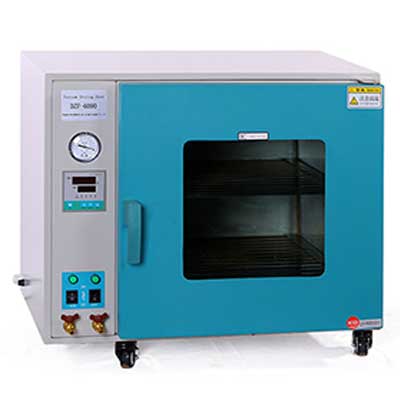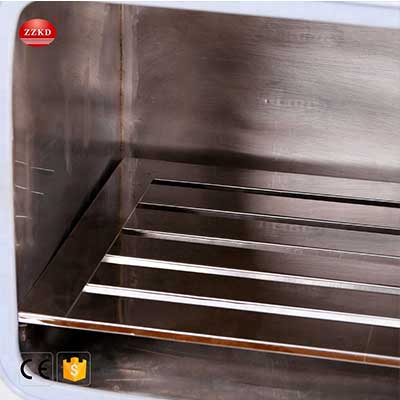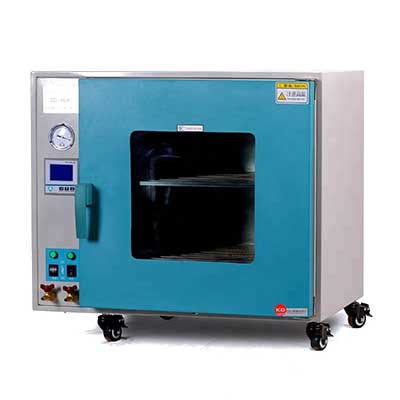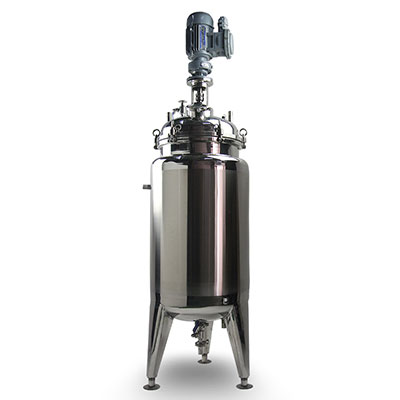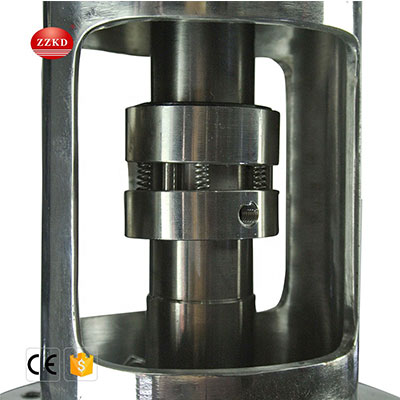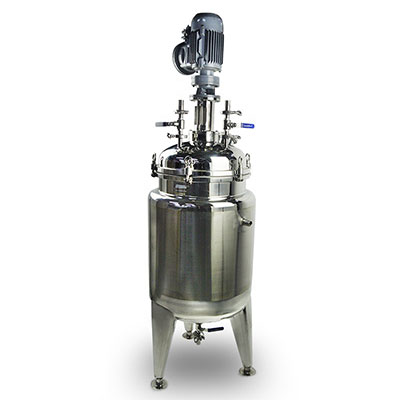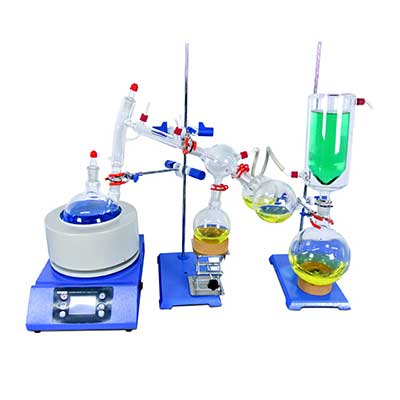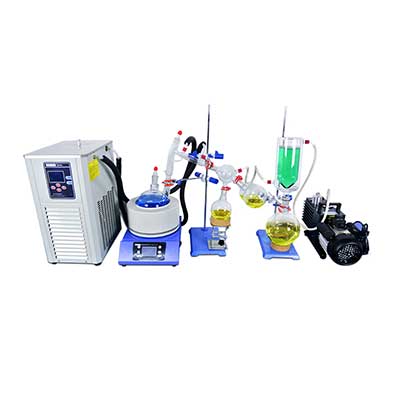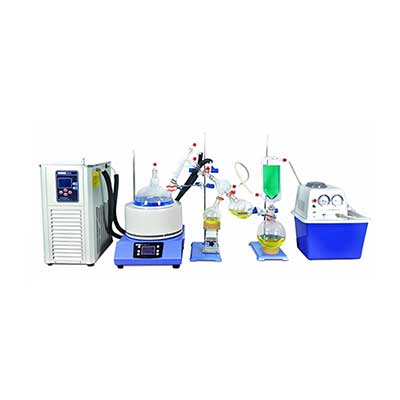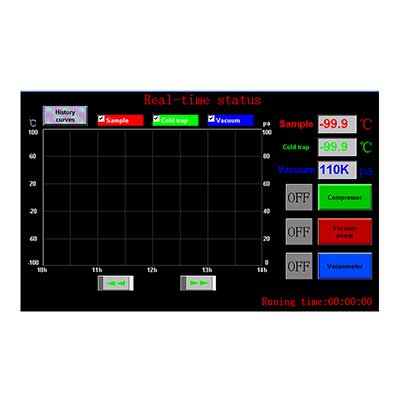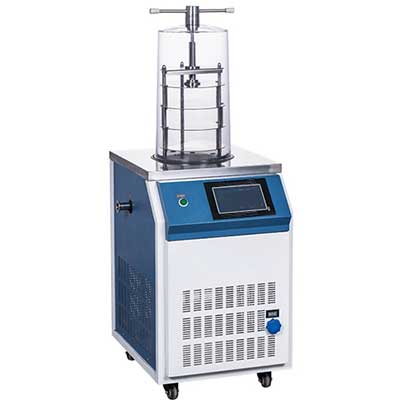-
WhatsApp
-
Email
In the world of scientific and industrial equipment, vacuum ovens play a pivotal role in various processes, from research and development to manufacturing. Understanding how a vacuum oven works is essential for anyone working in fields like chemistry, biology, or pharmaceuticals. In this article, we will delve deep into the intricacies of Vacuum Drying Oven With Pump, exploring their components, mechanisms, and applications.
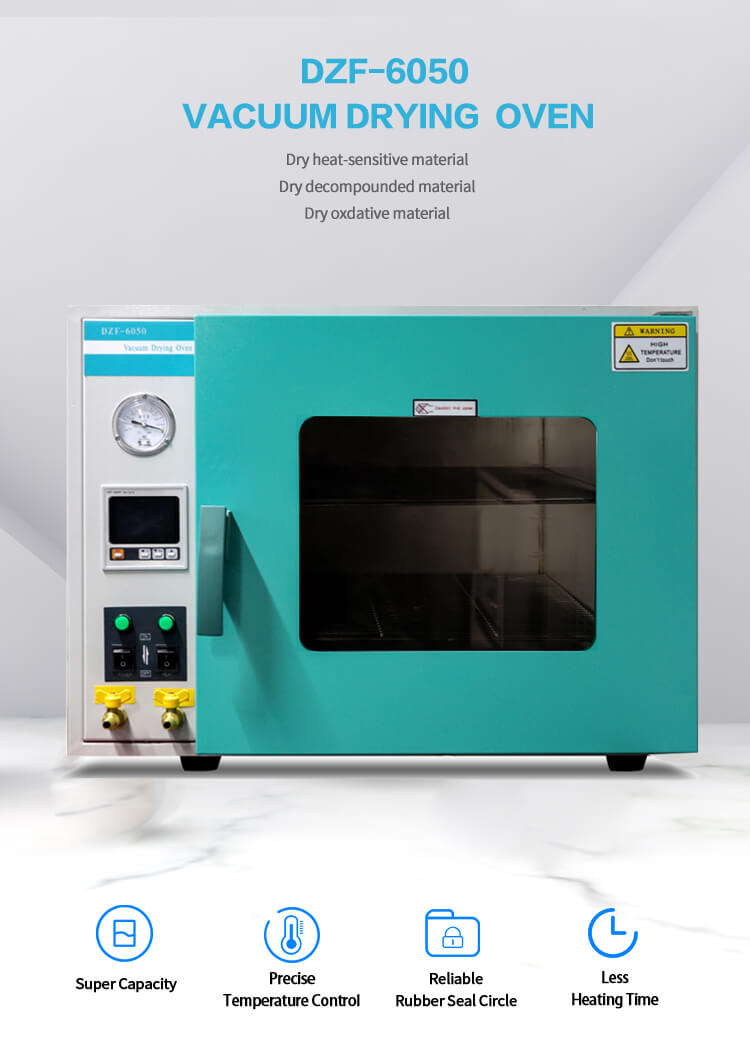
The Basics of Vacuum Ovens
Vacuum ovens, at their core, are specialized drying chambers designed to operate under reduced atmospheric pressure. This unique environment offers several advantages, including lower boiling points, faster drying times, and the prevention of oxidation or chemical degradation of sensitive materials. They are widely used in industries where precision and control are paramount.
Vacuum Oven Components
A typical vacuum oven consists of several key components. These include the vacuum pump, heating element, control system, and the chamber itself. The vacuum pump is responsible for creating and maintaining the vacuum within the chamber, while the heating element regulates temperature.
Creating a Vacuum
To operate, a vacuum oven first evacuates air from the chamber using the vacuum pump. This reduction in pressure allows for lower-temperature drying and prevents contamination of samples. The vacuum level is carefully controlled to suit the specific requirements of the process.
Temperature Control
Temperature control in a vacuum oven is crucial for precise drying. Heating elements, such as resistive coils or infrared panels, generate the necessary heat. The control system maintains a consistent temperature, ensuring that samples are dried uniformly and without overheating.
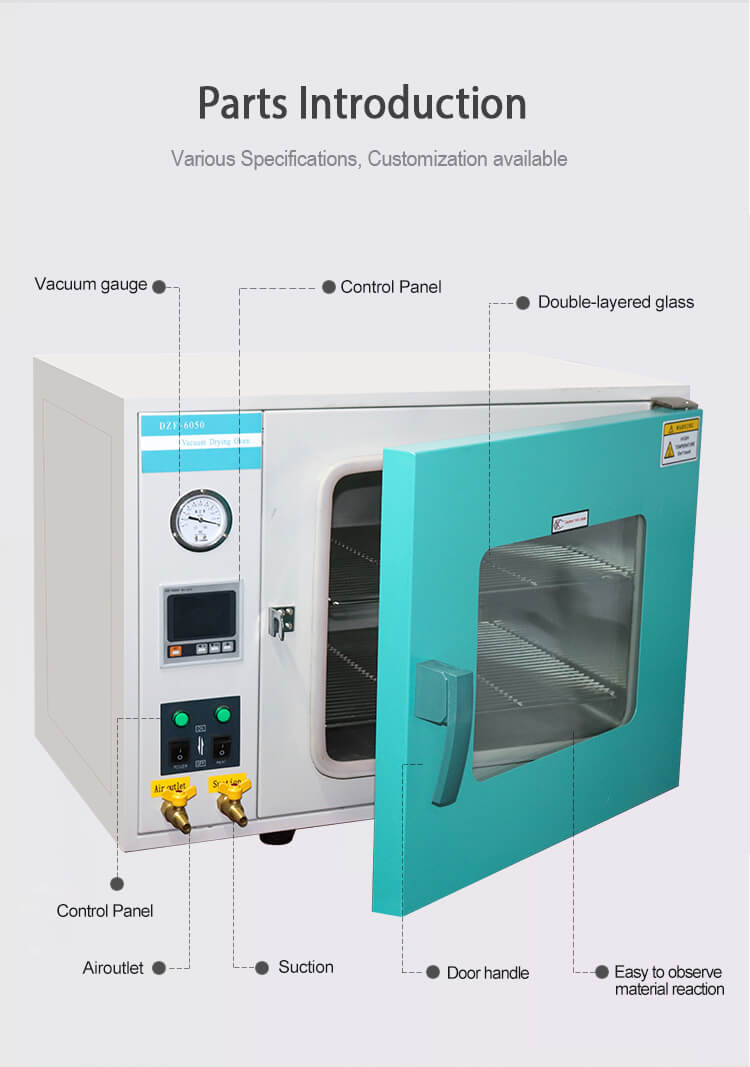
Drying Under Reduced Pressure
One of the primary functions of a vacuum oven is drying. Let's explore how the reduced pressure environment affects the drying process.
Lower Boiling Points
In a vacuum oven, substances tend to vaporize at lower temperatures due to reduced atmospheric pressure. This property is particularly useful for drying heat-sensitive materials that might decompose or degrade at higher temperatures.
Faster Drying Times
The combination of reduced pressure and lower boiling points results in faster drying times. This can significantly improve efficiency in various applications, from research laboratories to industrial production.
Prevention of Oxidation
The absence of air in a vacuum oven prevents oxidation, a process that can alter the properties of materials. This is especially important when working with materials sensitive to oxygen, such as certain polymers and metals.
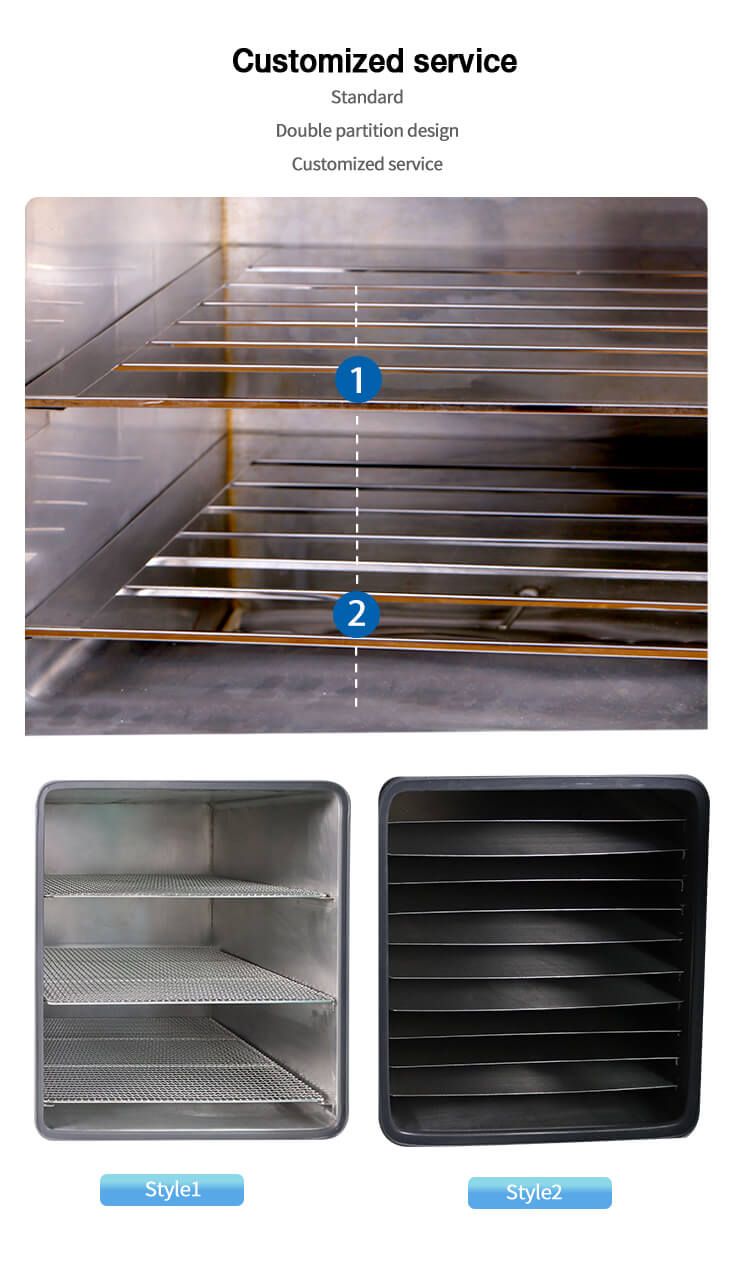
Applications of Vacuum Ovens
Vacuum ovens find applications in a wide range of industries. Let's explore some of the key areas where these ovens are indispensable.
Pharmaceutical Industry
In pharmaceuticals, vacuum ovens are used for drying and dehydrating delicate substances, such as active pharmaceutical ingredients (APIs) and herbal extracts, without compromising their integrity.
Chemistry and Research
Chemists rely on vacuum ovens for a variety of purposes, including solvent removal, degassing of liquids, and crystallization. The precise control they offer is invaluable in experimental settings.
Electronics Manufacturing
The electronics industry employs vacuum ovens for drying and curing electronic components, ensuring their longevity and reliability.
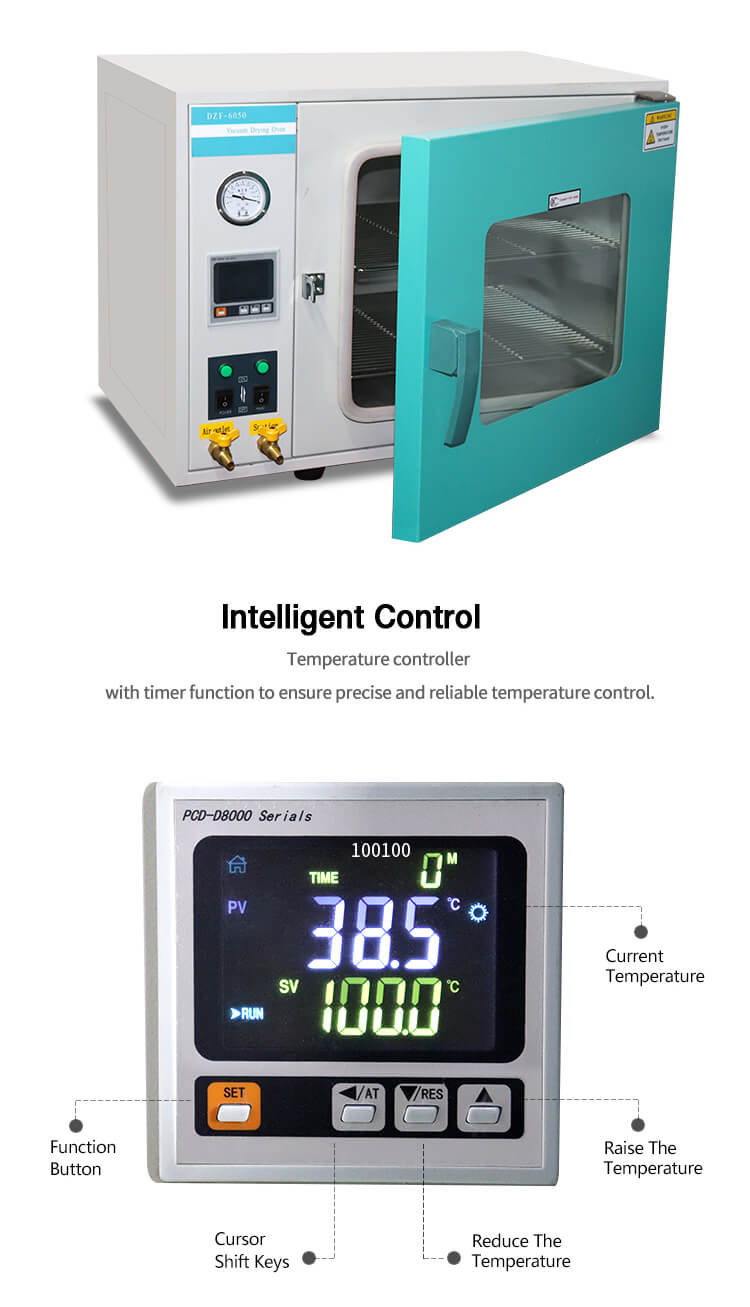
Vacuum Oven Safety
Safety is paramount when working with vacuum ovens, as they operate under reduced pressure and high temperatures.
Pressure Relief Systems
To prevent accidents, vacuum ovens are equipped with pressure relief systems that release excess pressure in case of malfunction or over-pressurization.
Temperature Monitoring
Advanced safety features include temperature monitoring and alarms to alert operators in case of temperature spikes or irregularities.
Maintenance and Best Practices
Regular maintenance and adherence to best practices are essential to ensure the longevity and optimal performance of vacuum ovens.
Cleaning and Calibration
Cleaning the chamber and regular calibration of temperature and pressure sensors are crucial maintenance tasks.
Sealing Integrity
Checking and maintaining the integrity of the chamber's seals is vital to prevent vacuum leaks.
Conclusion
In conclusion, vacuum ovens are versatile and indispensable tools in various industries, offering precise control over the drying process in reduced pressure environments. Understanding their components, functions, and safety measures is essential for those who work with these valuable pieces of equipment. Whether in pharmaceuticals, research, or electronics manufacturing, vacuum ovens continue to play a pivotal role in advancing science and technology.


